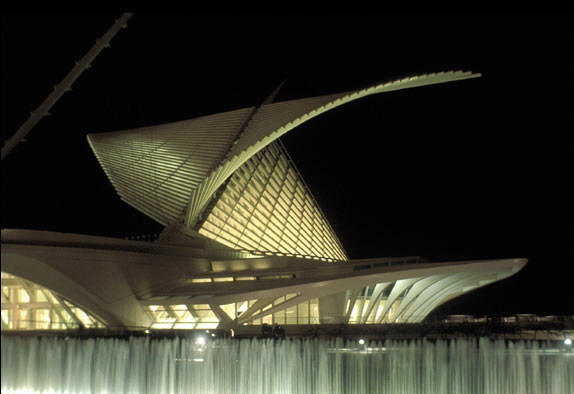History

The bathrooms are on a plateau, as traditionally Çankırı Kapı, the 2.5 meter is known about the west side of Çankırı Caddesi, about 400 meters from the center of the old Ulus district of Ankara, is rising and as Höyük (tumulus) is identified, with Roman, Byzantine and Seljuk mixed, material at the top and Phrygian settlement materials at the base
The ancient city of Ancyra was standing at the crossroads between East and West during the Roman period, the city's strategic location led to its rise to prominence, the capital of the province of Galatia. On the east side of the plateau of roadway running from the city sacred area, the area of the Temple of Augustus, a section that was flanked by the second or third century gray-veined marble columns with Corinthian capitals, while the construction of the Çankiri revealed Caddesi, while the development of Ankara, the new Turkish capital in the 1930s.
The bathrooms were in the third century by Roman Emperor Caracalla (212-217), who also built the Baths of Caracalla in Rome, built in honor of Asclepius, the god of medicine, built and around three main rooms: the caldarium (hot bath), Tepidarium (Warmbad) and the Frigidarium (cold bath) in a typical scale 80m x 120m classic complex. The bathrooms were in use until the eighth century, when it through the fire so that only the ruins of the destroyed basement and first floor.
The adjacent Höyük (tumulus) by Prof. Dr. Remzi Oğuz Arık was excavated in 1937 revealing the Phrygian and Roman remains. General Director of Museums Hamit Z. Kosar and field director Necati Dolunay given further excavations, funded by the Türk Tarih Kurumnu (Turkish Historical Society), the bathroom buildings from 1938 to 1939 revealed and fully exposed to them in 1940-1943. Excavation of the architect Mahmut Akok studied and drew a reconstructed plan of the baths was begun before its restoration [3].
Prof. Dr. Arık able to date the construction of the bath in the reign of Caracalla coins found during excavations by contemporary inscriptions supports, displayed, while other coins were in the bathrooms coninuous use for about 500 years, undergoing repair from time to time .
Layout
The site is on the Ticket Office on Çankırı Caddesi, which opens up the old Palaestra (wrestling court) established by a colonnade of 128 marble columns (32 on each side), now in ruins and is home to a display of graves entered surrounded was, tombstones, altars and other inscriptions from the Roman, Byzantine and late Hellenistic period
Behind the Palaestra of apodeiterium (dressing room) and the three bath buildings are placed in a typical design. The large dimensions of the abnormaly Tepidarium caldarium and was shut down to prevent brought the popularity of these warmer areas during the cold winters of the city. The most prominent surviving features are the stone columns, the floor and was heated by the air in underground ovens in circulation, warm the rooms above supported The remains of the portico are visible in the roadway north of the Palaestra.

No comments:
Post a Comment